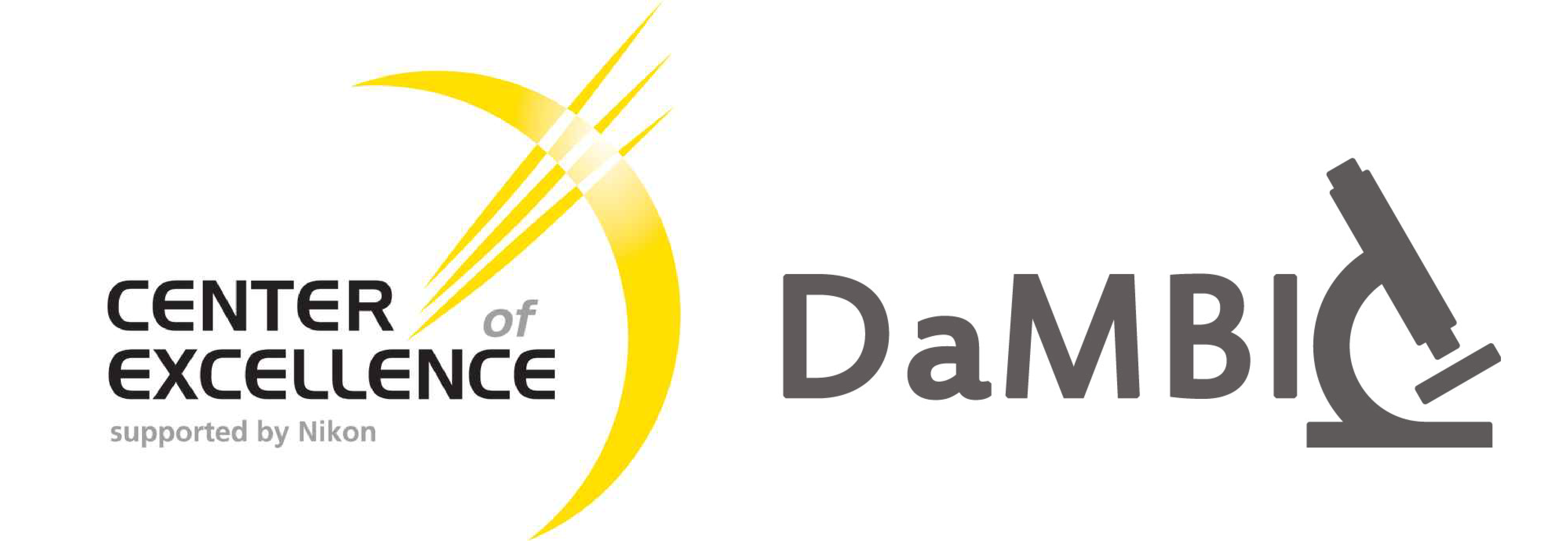Microscopy training
DaMBIC provides extensive microscopy equipment and services for a variety of sample types. Some of the work in DaMBIC is carried out as collaborations with us, but most of our users conduct their imaging projects independently. If you would like to become a user of DaMBIC's instrumentation, you need to complete a training on the individual instrument.
We perform individual trainings or instructions for new users aimed at enabling you to get the best out of your bioimaging work. If you would like a microscope introduction, please do the following:
- Describe the aim of the imaging you would like to perform using this document and send it to the DaMBIC center manager. This will let us help you find the right technique or application for your imaging research question. Please take your time to fill it out, thanks!
- Make sure you have filled out the basic user information and project information (project information may have been filled out already - check with your colleague or PI).
- Before the training, make sure you have read the following pages on conditions for users at DaMBIC.
- Thanks! We look forward to working with you.
Microscopy resources, tutorials and educational materials.
